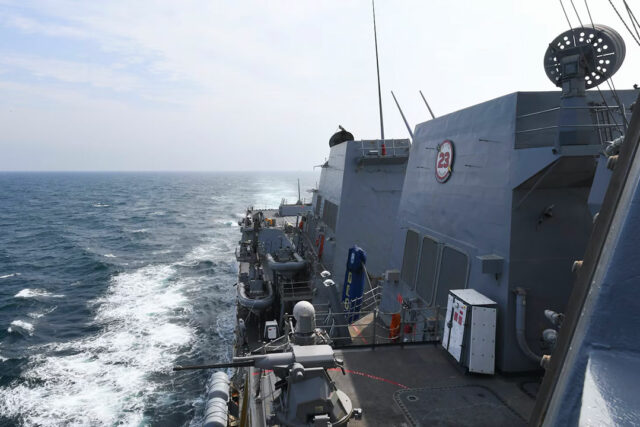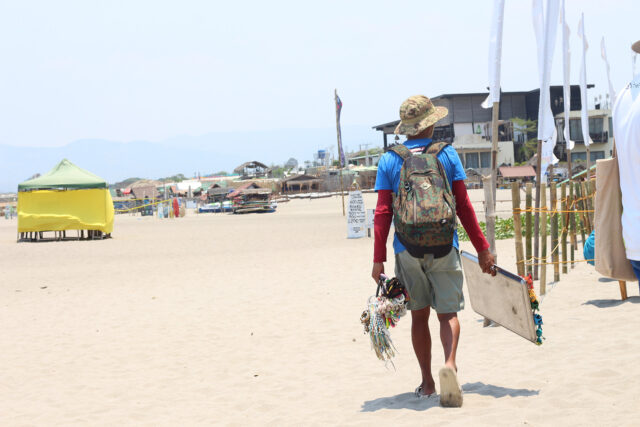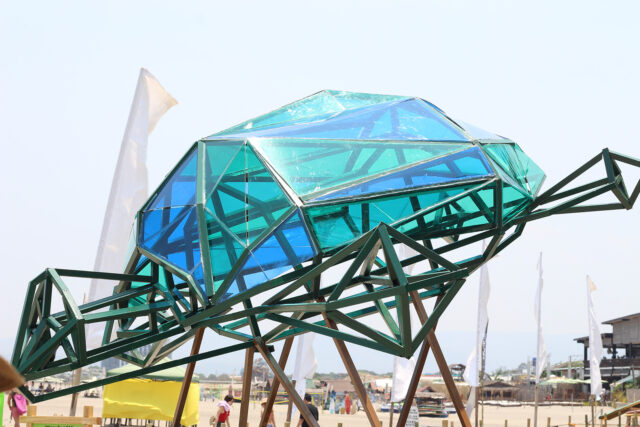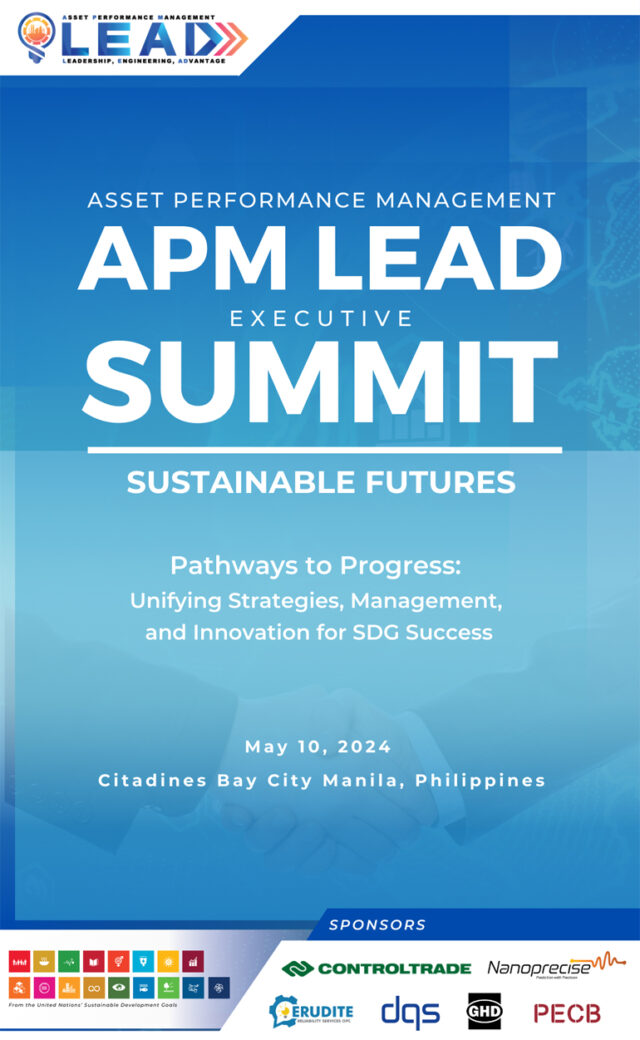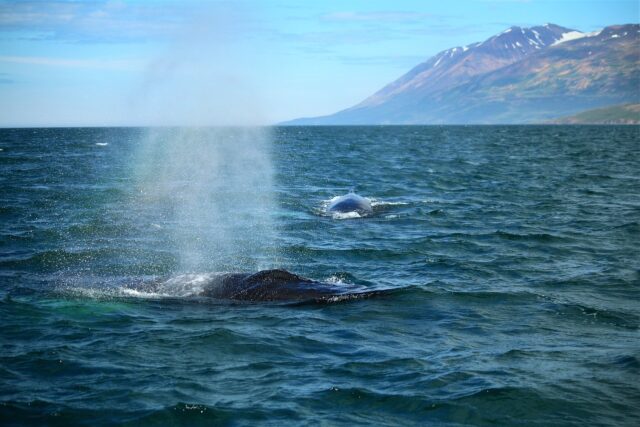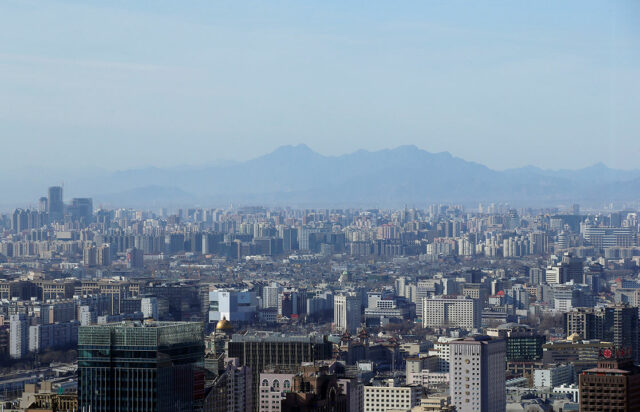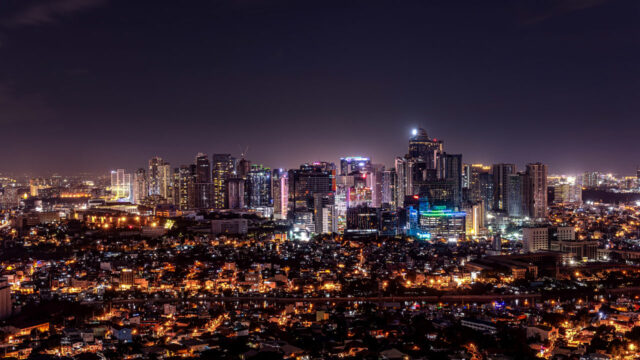US sends warship through Taiwan Strait ahead of presidential inauguration
TAIPEI/BEIJING — A US warship sailed through the narrow Taiwan Strait on Wednesday, less than two weeks before Taiwan’s new president takes office, prompting an angry denunciation from Beijing.
China claims sovereignty over democratically governed Taiwan, and says it has jurisdiction over the strait. Taiwan and the United States dispute that, saying the Taiwan Strait is an international waterway.
US warships, and occasionally US Navy patrol aircraft, pass through or over the strait about once a month.
The latest mission’s timing was extra sensitive, given it took place ahead of the May 20 inauguration of Taiwan President-elect Lai Ching-te, a man who China says is a dangerous separatist.
The US Navy’s 7th Fleet said the Arleigh Burke-class guided-missile destroyer USS Halsey conducted a “routine Taiwan Strait transit” on Wednesday “through waters where high-seas freedoms of navigation and overflight apply in accordance with international law.”
China’s military described the sailing as “public hype,” adding it had sent naval and aerial forces to monitor and warn the US ship throughout its voyage and “deal with it in accordance with the law and regulations.”
“Troops in the theater are always on high alert and will resolutely defend national sovereignty and security as well as regional peace and stability,” the Eastern TheaterCommand of the People’s Liberation Army said in a statement.
Taiwan’s Defense Ministry said that the US ship sailed south through the strait and that Taiwanese forces had monitored the situation but observed nothing unusual.
Taiwan’s government rejects Beijing’s sovereignty claims, saying only the island’s people can decide their future.
Mr. Lai, currently vice president, has repeatedly offered to talk to China but been rebuffed.
Taiwan is on alert for any Chinese military maneuvers around the island in the run up to and after the inauguration.
During the past four years, China’s military has massively increased its activities around Taiwan, such as by flying warplanes over the strait’s median line, which once served as an unofficial buffer zone.
China says it does not recognize the line’s existence.
On Thursday morning, in its daily report on Chinese military activities during the previous 24 hours, Taiwan’s Defense Ministry said it had detected four Chinese aircraft crossing the median line, flying near to Taiwan’s Penghu islands, which are home to a major air base. — Reuters

